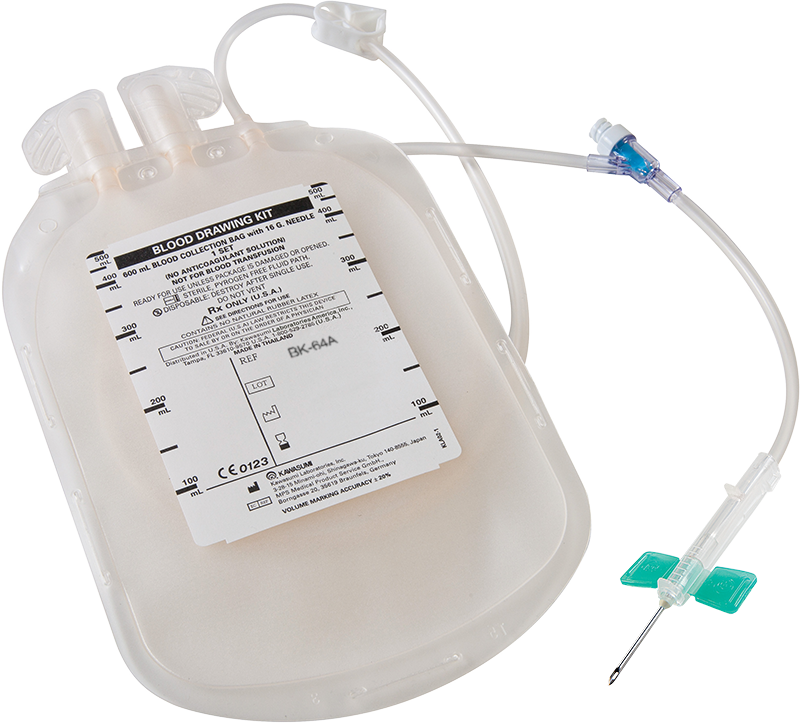Therapeutic phlebotomy is a blood draw that's done to treat a medical problem, such as having too much iron in your blood. With therapeutic phlebotomy, more blood is drawn than during a
regular blood draw. Your doctor will decide how much blood will be drawn based on the reason you're having the procedure.
Therapeutic phlebotomy is done to treat certain diseases. It’s often used to treat blood disorders that raise iron levels in the body. The procedure removes red blood cells, causing iron levels to drop. Iron is a mineral your body needs. But too much of it can lead to problems such as liver failure, an irregular heartbeat, and diabetes.
Your healthcare provider may advise this procedure if you have:
- Hemochromatosis, a disease that causes high iron levels
- Sickle cell disease
- Non-alcoholic fatty liver disease
- Porphyria cutanea tarda, a rare blood disorder that causes blisters to form when the skin is exposed to sunlight
- A higher concentration of red blood cells after a kidney transplant that's not controlled in other ways
Therapeutic phlebotomy can also help treat polycythemia vera. This is a rare type of blood cancer. It causes the bone marrow to make too many red blood cells. The blood then becomes too thick. This thickening of the blood can lead to heart disease, blood clots, and other problems.


